How to Remove Nail Glue From Skin?
Cleaning with Soap and Water

If you respond quickly enough, you can easily remove the sticky glue with soap and water.
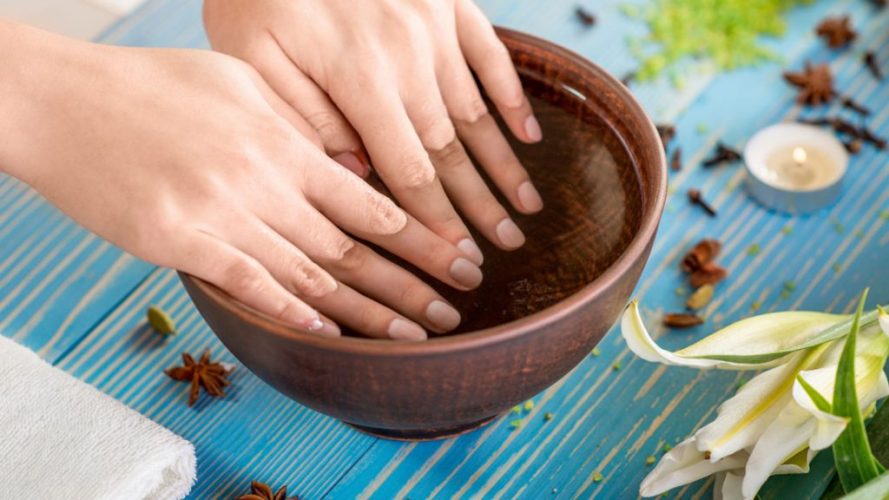
It’ll do the trick if you soak your hands in warm water for about 15 minutes.
Warm water will soften the glue and make it easier to remove the adhesive away from your skin without inflicting any harm.

This procedure is not only useful for removing adhesive, but it may also be used to remove artificial nails.
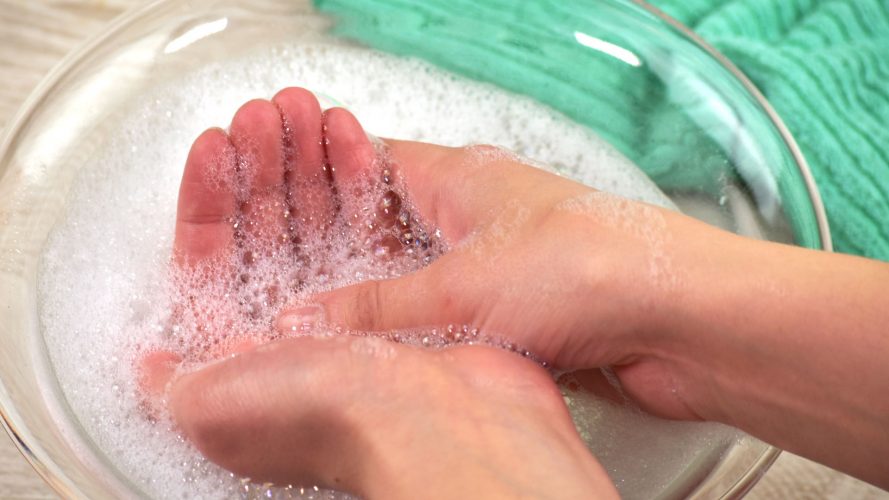
Soap and water, if used quickly, is the best way to remove nail adhesive from the skin because it contains no chemicals.
Acetone based nail polish remover

The artificial nails are removed with acetone-based nail polish remover.
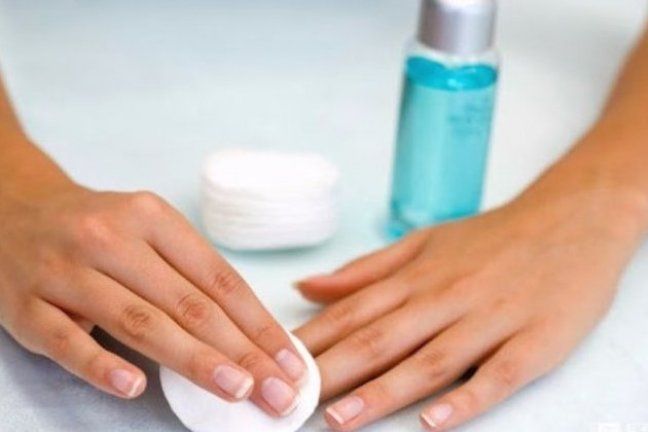
As a result, it should also work for the adhesive stuck on our skin, which it does.
You’ll need two things for this method: cotton swabs and an acetone-based nail polish remover.
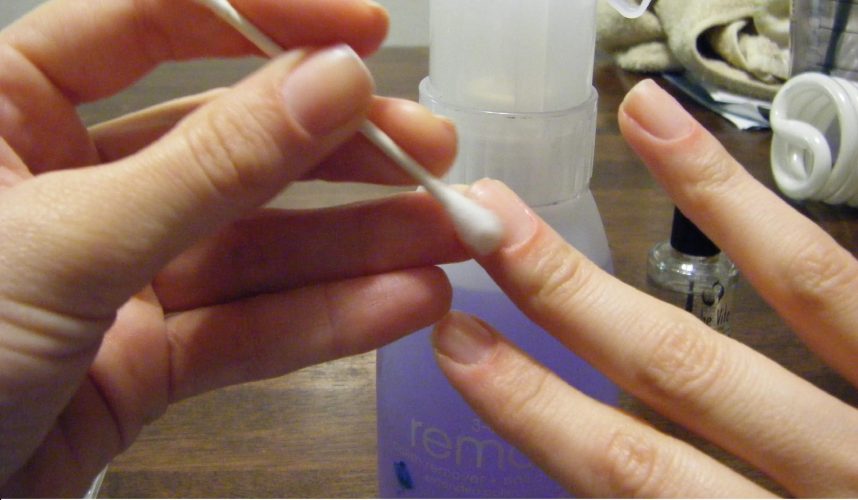
Apply a cotton swab soaked in nail polish remover to the region where the glue has sticking.
Allow a few minutes for it to seep into the damaged region before attempting to remove the glue off.
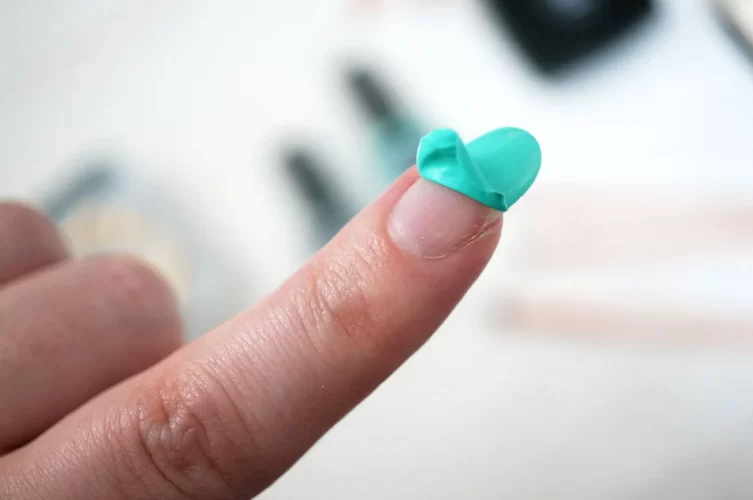
Peel it off gently, not brusquely. This can result in skin damage.
Petroleum Jelly

The adhesive stuck on your skin can be easily removed by applying petroleum jelly to the afflicted region.

Simply apply a small amount of petroleum jelly to the area where the glue has dried and become stuck.
Then massage it in circular motions for a few minutes. The adhesive will soften as a result of rubbing and massaging the jelly on it.

Without you needing to pry it away, the softened glue will split up and become easily separable.

Using petroleum jelly to remove nail glue from the skin is the best option since it eliminates the risk of injuries that can occur when using other methods that need you to peel the glue away from your skin.
In that instance, a mixture of acetone-based nail polish remover and petroleum jelly can be used.
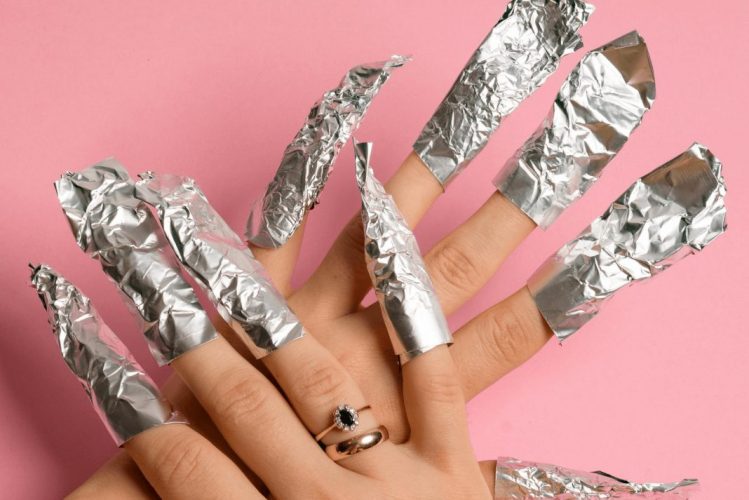
To begin, dip a cotton swab in nail paint remover and then apply it to the affected region. You can wrap aluminum foil around the cotton swab to keep it in place.
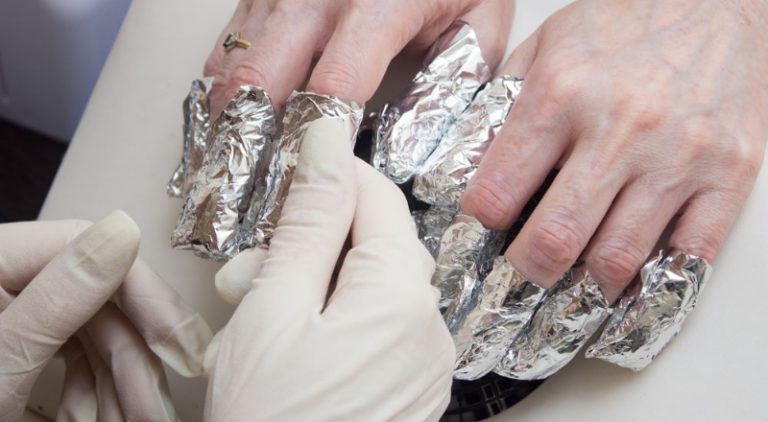
Remove the foil and cotton swab after a few minutes have passed. After that, apply petroleum jelly to the affected region and rub it in.

The nice aspect about using petroleum jelly is that it not only removes the adhesive from your skin, but it also keeps your skin and nails moisturized.
Hand Lotion
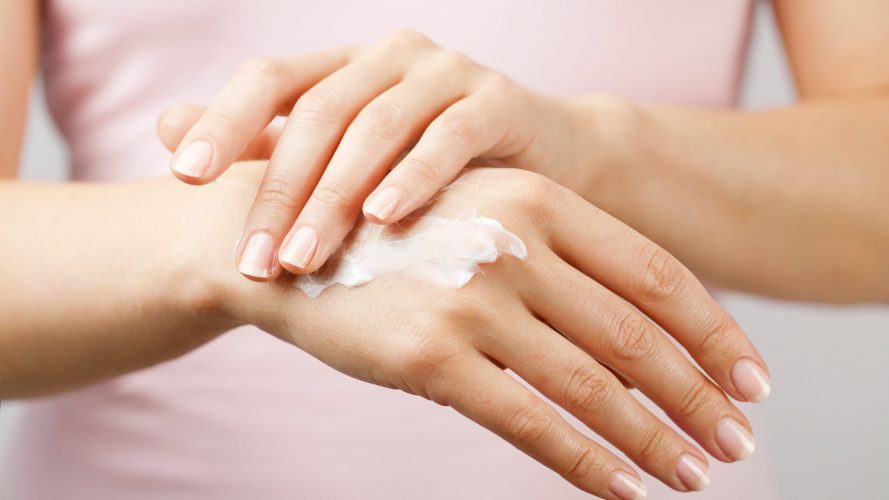
We don’t locate all of the aforementioned alternatives in our house right away, do we?
What is one thing that you always have at your fingertips? Are you talking about hand/body lotions?

The good news is that even hand lotion can be used to remove nail glue from the skin.
Hand lotions function similarly to petroleum jelly. Simply rub and massage the affected region with the hand lotion for a few minutes.

You’ll be able to see the glue flaking away after a few minutes. Wash your hands with warm water and soap when the glue has flaked away.
This will get rid of any residual glue on your skin.
Oils

You can remove any residual nail glue from the skin with oils. Any oil, such as baby oil, coconut oil, olive oil, or almond oil, would suffice.

Even when using oils, all you have to do is gently rub the affected region with a small amount of oil. Oils will also supply your skin with much-needed hydration.

Because oils are 100 percent organic, they are the finest alternative for getting nail adhesive off the skin without any negative effects.





